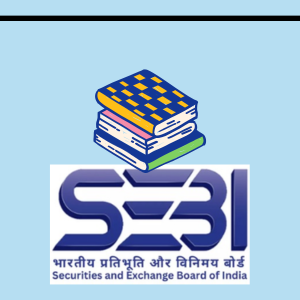
Are you planning to change your job?
Or planning to take a break from professional life altogether?
If so, the first thing to do would be to resign from your current job. A letter of resignation is written to announce the author’s intent to leave a position currently held, such as an office, employment or commission. It is important to put in the requisite time and effort into drafting a professional resignation letter so that you may end things on a positive note.
In this article, Team YLCC brings you guidance on how to draft an effective resignation letter. Read on!
Your resignation letter need not contain excessive detail—you just need to tell your supervisor that you intend to resign, add a few key points, and then respectfully wrap it up. Keep your resignation letter to one page and make sure it includes the following:
- a statement of intent that you will be leaving your job
- the name of your official staff position
- the date of your last day on the job
- gratitude to your employer for hiring you
- a highlight of your time there (optional)
- an offer to train your replacement
- well wishes for the future of the company
- your contact info
Your Intent To Resign
Start by telling your boss of your intention to leave the company. Use a polite, respectful, to-the-point tone. Don’t go over the top with phrases like “It is with a heavy heart that I must tell you…” An opener such as, “Please accept this letter as my official resignation from […]” will do.
Mentioning Your Last Day At The Job
Follow your statement of your intent to resign with a sentence giving your last day at work. You can find out when your last day should be through your new company.
Expressing Gratitude For The Work Opportunity
Begin your second paragraph with a one- to two-sentence statement of gratitude for opportunities you’ve received at your old employer. Try this kind of phrasing: “It was an honour to learn and grow as a [position] at [company name]. I am grateful for the experiences we shared as colleagues and team members.”
Avoid being overly flowery, though, as this comes across as insincere.
Helping With The Transition
This is an extremely important part of the letter where you offer to assist your workplace with the process of hiring and training your replacement so that work does not get affected from your resignation. This shows that you are willing to support your workplace instead of only looking out for your own interests.
Ending Your Resignation Letter
This is how to end your resignation letter:
- Thank your manager for his assistance and guidance for the duration of your tenure
- If you feel grateful, acknowledge the opportunity your employer gave you
Ending your resignation letter in a positive note is important so as not to sour relationships with your ex-workplace.
Your Signature
If you submit a hard copy of your resignation letter, sign above your typed name. But your typed name is all you need for a letter of resignation attached to or written in the body of an email.
Things Not To Do In A Resignation Letter
- Do not feel the need to list all the reasons you are leaving. Especially if your feelings towards the company are less than congenial, don’t feel compelled to tell the organization why you have decided to leave. You are under no obligation to do so. Additionally, if you want to use the company as a reference in the future, it’s best to leave on good terms.
- Do not promise to do anything you can’t follow through on. Just make sure they know that you will continue to put forth your best effort until the conclusion of your duties.
- Finally, do not get overly emotional. If you had a good time at the company, feel free to include your appreciation for them. But if you had a bad time, don’t allow your emotions to get the best of you. The business world is extremely interconnected, and you never know who you’ll need a reference from in the future. Be calm, be professional, and be rational.
- Do not give excessive details on your new opportunities.
- Do not use profanity, inappropriate language or make spelling or grammar errors.
Now that you know how to draft your resignation letter, go ahead and click send. In addition to a letter of resignation, you should set up a meeting with your supervisor to explain the reasons for your departure and when you will be formally leaving. This is good practice, as it allows you to give any measured criticism about the position and thank your direct supervisor in person for the opportunities you were given. This also allows them a period of adjustment prior to your departure.
YLCC wishes you all the best for your future endeavours!







